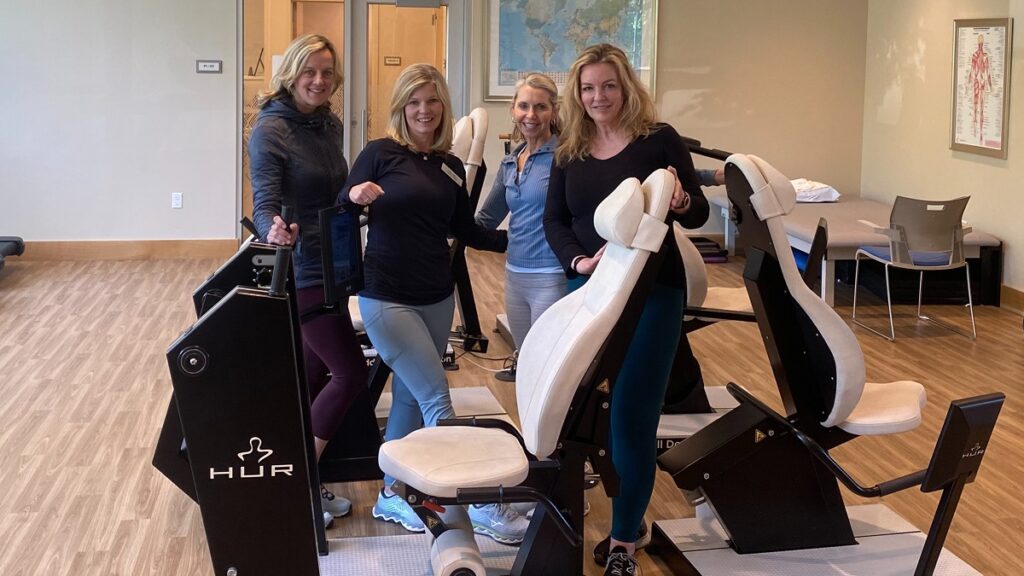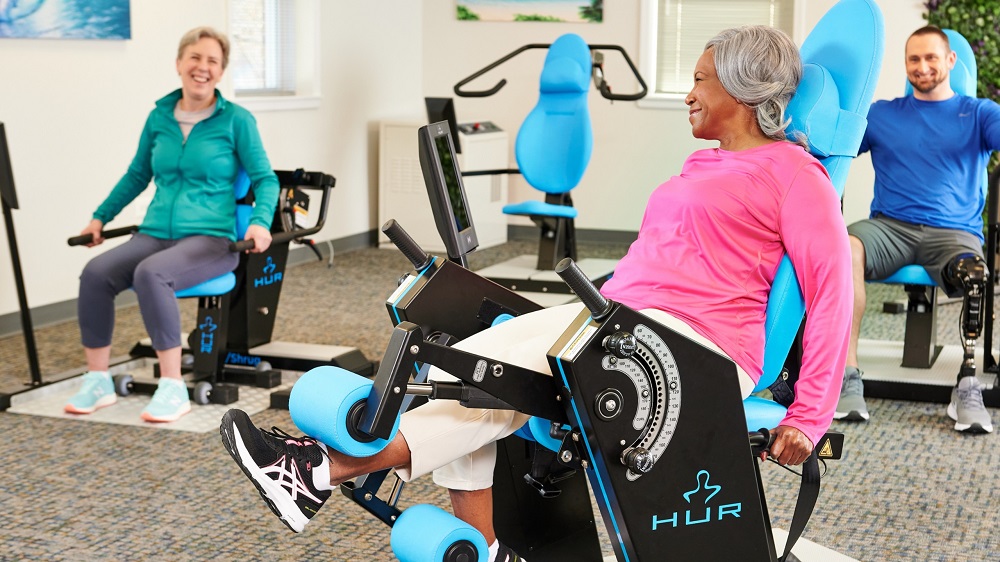How Strength Training Can Help Manage Arthritis Pain
According to the Centers for Disease Control and Prevention, more than 50 million adults have some form of arthritis. The most common type is osteoarthritis — also known as "wear and tear" arthritis. In osteoarthritis, which primarily affects weight-bearing joints in the knees, hips, neck, and lower back, the smooth cartilage that cushions our joints begins to wear away. Cartilage does not heal or grow back, and over time it can become rough and frayed. Without healthy cartilage, our bones can no longer smoothly glide across one another, and movement begins to cause pain and stiffness.
In severe cases, when there is no remaining cartilage cushion, the joint becomes "bone on bone."
Arthritis pain naturally causes most adults to slow down and limit activity. After all, if you’re suffering from sore, inflamed joints, the last thing you probably want to do is head for the gym. But recent research shows that inactivity can actually worsen osteoarthritis pain over time, putting older adults at a much higher risk for losing mobility and independence. In truth, if you are suffering from arthritis pain, going to the gym is one of the best things you can do.
How does exercise help manage arthritic pain?
Our bodies are designed to move. Exercise increases blood flow to cartilage, bringing it the nutrients it needs to stay healthy. Also, as we age, our bodies naturally lose muscle mass – as much as 8% per decade for inactive adults. Compounding the problem, the aging process causes our resting metabolic rate to slow down and the body’s tendency to accumulate fat to increase. Less strength coupled with increased body weight can be hard on our joints – especially for those with arthritis.
The good news is that just ten weeks of resistance training has been shown to reduce fat by nearly 4 pounds while increasing lean muscle mass by over 3 pounds and resting metabolic rate by 7%.
In addition, specific exercises can strengthen the muscles that surround your joints. The stronger your muscles are, the more weight they can handle. As a result, the bones in your joints carry less weight, and your damaged cartilage is better protected.
In a review of 8 studies that included older adults with osteoarthritis, researchers found that strength training programs reduced participants' pain by 35% and increased their lower limb strength and function by 33%.
Strength training has also been shown to help those with systemic, inflammatory types of arthritis such as rheumatoid arthritis. In fact, a 2-year study of recently diagnosed patients with rheumatoid arthritis found that strength training increased physical function and muscle strength by 59%.
Studies have also found that people who exercise are less likely to struggle with depression or anxiety. Active people are better equipped to manage stress and get a good night’s sleep. Consistently getting a full night's sleep is especially important because for many arthritis suffers, symptoms are worse when tired or run down.
If you are suffering from joint pain, including arthritis, and want to incorporate strength training into your health routine, these tips can help you get started.
- In the beginning, it’s best to work with a physical therapist or personal trainer who has experience working with people who have arthritis or other joint issues to design a program that is safe and effective for your needs and ability level. Ideally, the trainer will set small, incremental, measurable goals for increasing strength, flexibility, and range of motion.
- Unless your physical therapist or doctor advises otherwise, do your best to schedule workouts for times of the day when you are least likely to suffer from peak inflammation and pain. While resistance training can help to alleviate discomfort, it’s best to avoid exercising when stiffness is at its worst.
- Work with your physical therapist or trainer to determine the best way to warm up before beginning a strength training session. Take a short walk or bike ride, or swim a few laps in the pool. Start slow and easy, allowing your joints and muscles time to warm up.
- For anyone suffering from rheumatoid arthritis, it’s important to balance rest and exercise carefully. It’s generally best to avoid resistance training with actively inflamed joints, at least until the inflammation eases.
- Exercise within a comfortable range of motion. The goal is to continue to challenge yourself, but if an exercise or movement causes significant pain, stop doing it and talk with your trainer or physical therapist.
For Arthritis Sufferers, Pneumatic Resistance Machines are the Most Effective and Safe
Pneumatic exercise machines use air resistance to deliver safe, targeted training appropriate for a diverse range of ability and stamina levels. Training on a pneumatic machine offers the closest thing you can get to true isotonic exercise – moving a fixed amount of resistance through a specific range of motion.
Traditional weight machines that require the user to move a stack of weights might appear to accomplish the same thing, but inertia, acceleration, and friction can cause differences in the amount of force on the body throughout each movement. For example, moving the weight quickly and with a lot of force during the first half of the move causes the weights to become much lighter during the second half of the motion due to momentum. By comparison, with pneumatic resistance, no matter how fast you move, the resistance stays the same.
Because pneumatic resistance is uniform, the working muscles must remain active and engaged throughout the entire exercise, greatly reducing the chance of injury or re-injury.
The bottom line: Pneumatic technology follows the natural movement of the muscle and is easy on joints and muscles. The lack of inertia makes the pneumatic machines ideally suitable for people recovering from injury or living with a chronic condition like arthritis.
All HUR strength training machines are designed with pneumatic technology, which is why they are the top choice for senior living, active aging, inclusive wellness, and rehabilitation centers. In addition, users can begin with zero starting load and gradually increase resistance by ¼ pound increments. Zero starting load is ideal for early initiation of rehabilitative therapy




